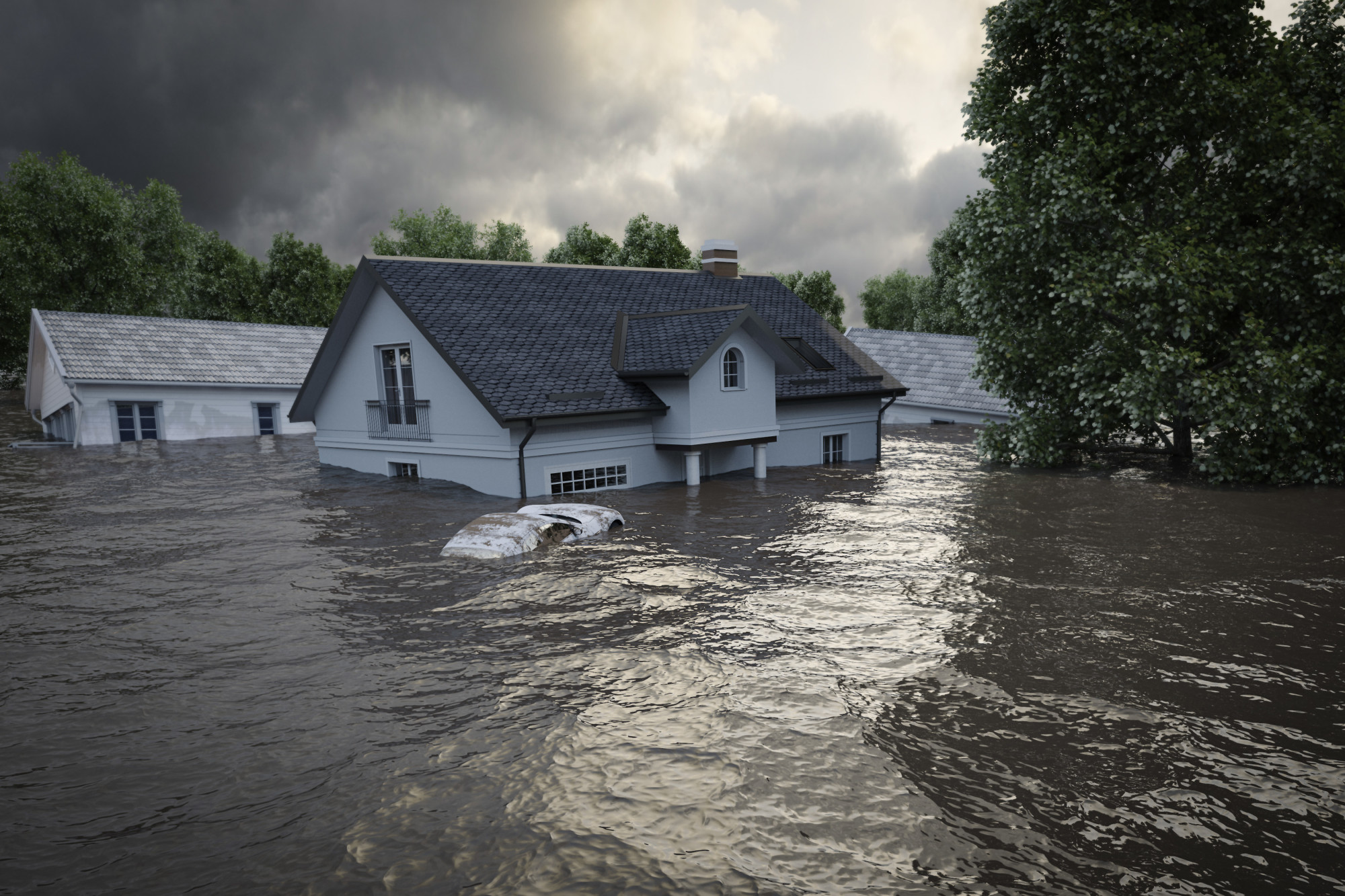Though natural disasters only seem like they exist on television, these catastrophic events occur annually within the United States. In 2021, natural disasters caused billions of dollars in damage and claimed the lives of many.
These events can be heartbreaking, anxiety-inducing, and tragic. However, learning about the different types of natural disasters that occur can help you find a better understanding of the way that mother nature works.
If you’re not sure what the different kinds of catastrophes are, be sure to keep reading for a comprehensive natural disasters list, complete with information about each event.
Floods
Many associate floods with storms or coastal areas. While these are common causes of floods, even a few inches of rain can cause rivers, streams, and even small brooks to overflow.
Flooding can not only ruin your home, car, and other property, but it can also prove to be fatal. Those stuck in flood water risk drowning, even if the water isn’t deep.
Cleaning up after flooding is vital. Bacteria and other viruses are often found in floodwater and can lead to serious illness. Calling a flood cleanup company to help you with any damage to your property is essential after this disaster.
Tornados
As many in the midwestern United States are aware, tornados can be devastating, as they can destroy communities within a matter of minutes. Tornados are also often accompanied by lightning, wind, and floods.
These are storms with winds so strong, they turn into a funnel or cyclone-shaped system that can move quickly and violently over land. Tornados are ranked in severity by category, from F0 as the weakest to F5 as the strongest.
Many tornados that touch the ground are even followed by a storm chaser crew or those who travel the country trying to locate and track down different tornados.
Though science has advanced and can help predict many tornados, allowing citizens to take cover in underground storm shelters, many seem to occur out of nowhere.
Storms
Though almost every state endures the traditional summer thunderstorm, some can be more deadly. In the United States, hurricanes mainly affect those who live near the Gulf of Mexico and on the Atlantic coast.
These storm systems are categorized similarly to tornados, with different types representing severity. Hurricanes bring wind, flooding, torrential rain, causing uprooted trees, destroyed homes, and extensive flooding.
Tropical storms are the least disruptive and can affect a larger area of the country, while a category five hurricane can cause complete destruction. Hurricanes move quickly and violently, giving residents little time to evacuate.
Blizzards
In other portions of the states, blizzards are more common. These snowy storms are dangerous, as they are accompanied by freezing weather.
It’s important to note that blizzards can be predicted in advance, giving those affected time to prepare or even evacuate if necessary. Stocking up on food, water, and other essentials can help you comfortable ride out a blizzard.
One of the primary risks associated with blizzards is loss of power, and subsequently, losing heat. This can be dangerous, as you run the risk of freezing to death.
Blizzards can lead to low visibility and covered roads, making commuting near impossible. This makes it difficult for first responders to travel to emergencies if need be.
Wildfires
Fires often have an environmental cause but can also occur due to human error. Some are even planned by local governments, known as controlled burning. However, wildfires are a different, dangerous beast.
These disasters occur when lightning strikes a dry area, starting a small fire. However, dry conditions can rapidly increase the pace at which the fire spreads, engulfing the land around it.
Not only is this damaging to the ecosystem and animals that inhabit these lands, but wildfires can spread large enough to affect local communities. Many need to evacuate their homes as fire threatens to claim their land.
If you live near an area prone to wildfires, it’s imperative to have an evacuation plan in place.
Landslides
The thought of the world slipping out from beneath your feet is terrifying to think about. However, for many, it’s an all too common threat.
Landslides occur when the earth, dirt, mud, and other debris move quickly down the side of a slope or hill. Caused by heavy rain, earthquakes, or even volcanic eruptions, landslides can be unpredictable and happen out of nowhere.
This disaster can be fatal, cause loss of property, and have lasting effects on the ecosystems where the natural process has taken place.
Earthquakes
Completely unpredictable, earthquakes occur when the tectonic plate beneath the surface of the world shift and moves. This can feel like the earth is violently shaking, leading to objects falling and moving and even buildings collapsing.
This catastrophe event is measured on a magnitude scale, ranging from barely registered to damage spanning miles. Quakes can cause severe damage, even proving to cause mass fatalities.
However, earthquakes can also lead to other natural disasters. Tsunamis and landslides are events that may follow an earthquake.
The Ultimate Informative Natural Disasters List
Though natural disasters can be scary to think about, it’s essential to stay ready should an emergency strike. Understanding the different events that can occur is a great way to come up with a plan.
Though these events are dangerous, many are easily tracked. This gives you ample time to prepare your home or evacuate. Don’t let the thought of “what if?” stop you from living your life.
If you found this natural disasters list informative, be sure to check out the rest of our website. There, you’ll discover more content you can use in your day-to-day life.

